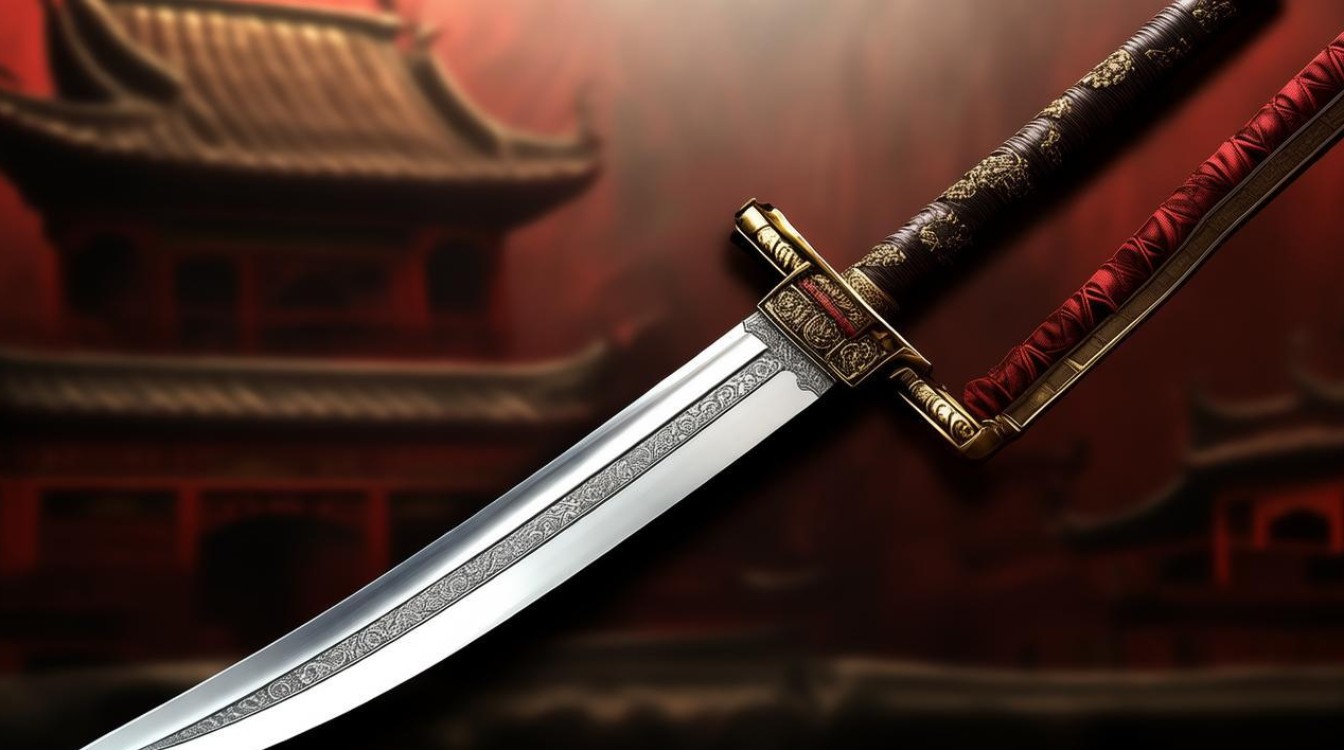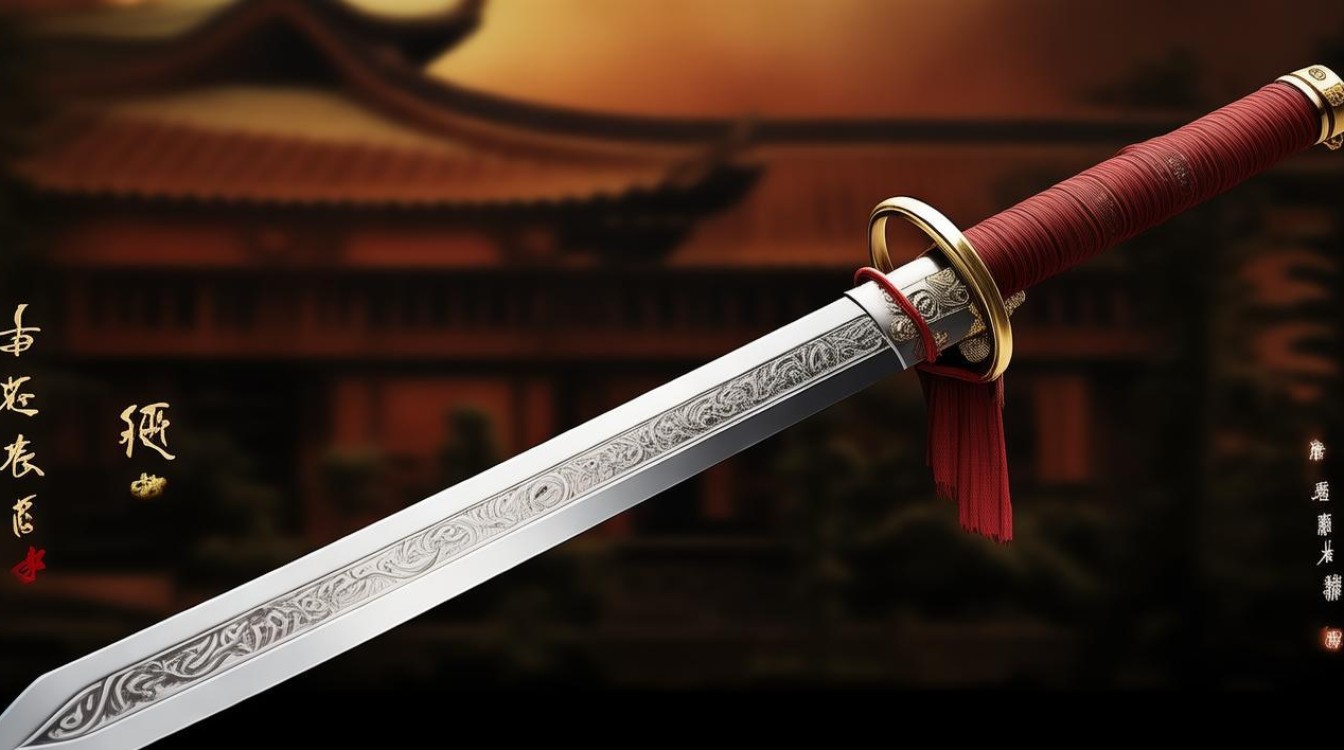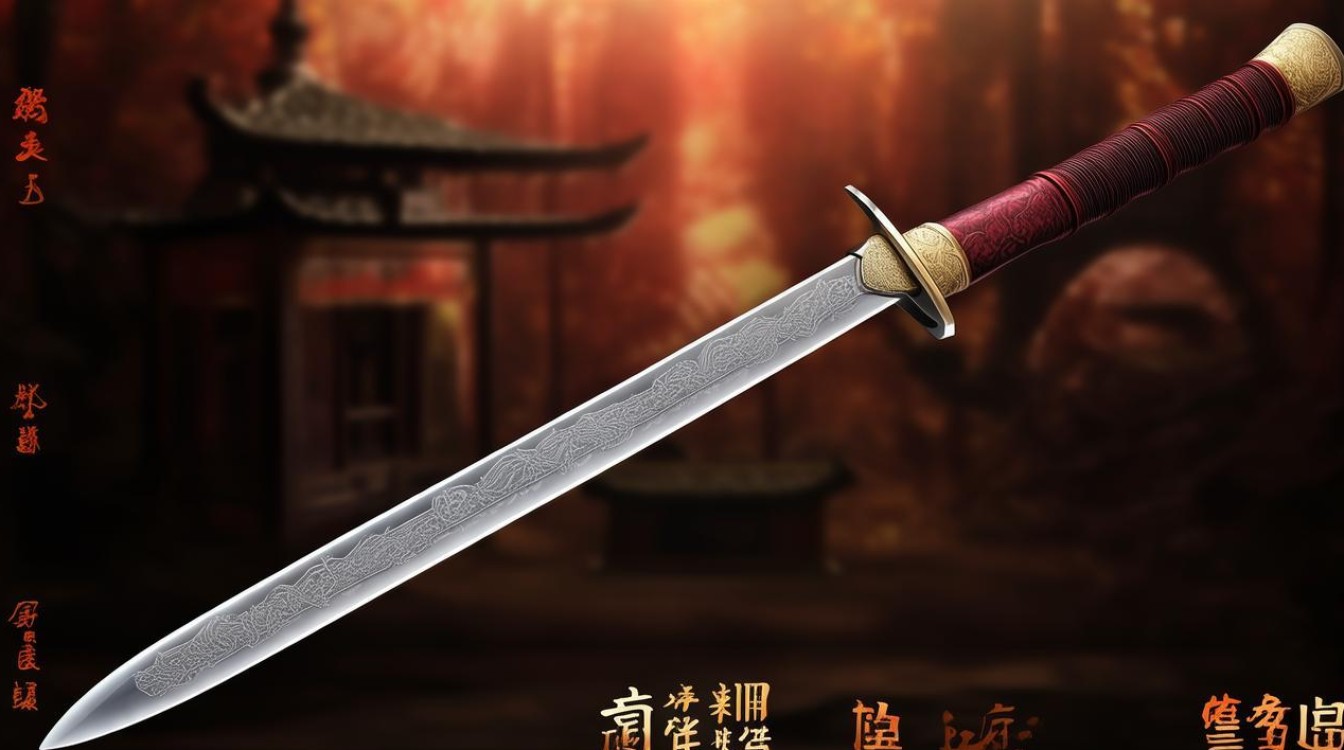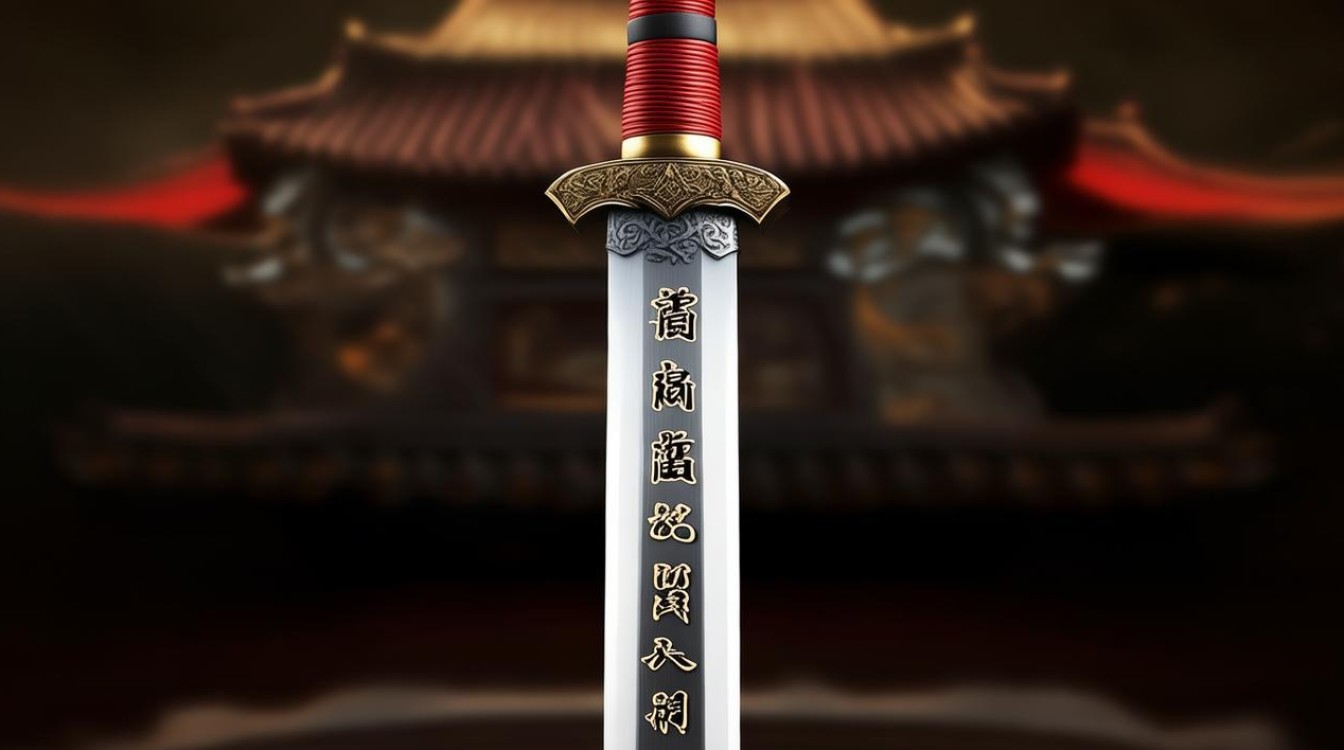When learning a new language, everyday objects often become the foundation of vocabulary building. One such essential item is the knife, known as "刀" in Chinese. In English, the direct translation is "knife," but this simple word carries a rich history, diverse types, and cultural meanings worth exploring.

The Basic Translation: "Knife"
The English word for "刀" is "knife." Pronounced /naɪf/, this term refers to a tool or weapon with a sharp blade, typically used for cutting. While the word itself is straightforward, its applications vary widely across contexts.
For example:
- Kitchen knife: A tool for preparing food.
- Pocket knife: A foldable blade for everyday tasks.
- Hunting knife: Designed for outdoor activities.
Understanding these distinctions helps learners grasp how "knife" adapts to different scenarios.
Types of Knives in English
English vocabulary includes specific terms for various knives, reflecting their unique purposes:
- Chef’s knife – A versatile kitchen tool for chopping and slicing.
- Bread knife – Serrated blade ideal for cutting bread without crushing it.
- Butter knife – A dull-edged utensil for spreading butter.
- Scalpel – A precision blade used in surgery.
- Machete – A broad, heavy knife for cutting vegetation.
Each type serves a distinct function, demonstrating how language evolves to meet practical needs.
Historical and Cultural Context
Knives have played pivotal roles in human history. From ancient flint blades to modern stainless steel designs, their evolution mirrors technological progress. In many cultures, knives symbolize survival, craftsmanship, and even status.

For instance:
- Japanese "Tanto": A traditional short sword with ceremonial significance.
- Swiss Army Knife: A multifunctional tool representing ingenuity.
- Bowie Knife: Named after frontiersman Jim Bowie, it embodies American frontier spirit.
These examples show how knives transcend mere utility, becoming cultural icons.
Idioms and Expressions
The word "knife" appears in several English idioms, enriching conversational language:
- "On a knifes edge": In a highly tense or precarious situation.
- "Stab someone in the back": To betray someone (note: avoid using "back" in your content).
- "Like a hot knife through butter": To accomplish something with effortless ease.
Such phrases reveal how deeply embedded knives are in linguistic expression.
Practical Usage in Sentences
To solidify understanding, here are practical examples:
- "She used a paring knife to peel the apple."
- "The surgeon carefully handled the scalpel."
- "He carries a pocket knife for camping trips."
These sentences illustrate correct usage in everyday contexts.

Common Mistakes to Avoid
Learners sometimes confuse "knife" with similar words:
- "Knife" vs. "sword": A sword is longer and primarily a weapon.
- "Knife" vs. "dagger": A dagger is double-edged and designed for stabbing.
Clarifying these differences prevents miscommunication.
The Role of Knives in Modern Life
Today, knives remain indispensable. Chefs rely on them for culinary artistry, adventurers use them for survival, and collectors value them for craftsmanship. Innovations like ceramic blades and ergonomic handles continue to redefine their utility.
In literature and film, knives often symbolize danger, precision, or rebellion. From Hitchcock’s suspense scenes to survival dramas, their presence is iconic.
Safety and Legal Considerations
While knives are useful, safety is paramount. Many regions regulate blade length and carry laws. For example:
- UK restrictions: Folding knives with blades under 3 inches are generally legal.
- US variations: Laws differ by state, with some allowing concealed carry.
Responsible ownership ensures knives serve their purpose without risk.

Learning Tools and Resources
For those expanding their English vocabulary, resources like:
- Merriam-Webster Dictionary (for definitions).
- YouTube tutorials (for pronunciation guides).
- Flashcard apps (for memorization).
can be invaluable.
Personal Perspective
Language learning bridges cultures, and simple words like "knife" open doors to deeper understanding. Whether discussing kitchen tools, historical weapons, or idiomatic phrases, each term carries layers of meaning. Embracing these nuances makes communication richer and more precise.
Exploring the English word for "刀" is more than translation—it’s a journey through history, culture, and practical knowledge. Next time you pick up a knife, consider the stories it could tell.

